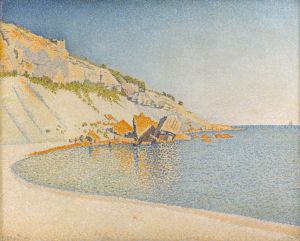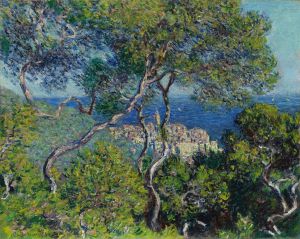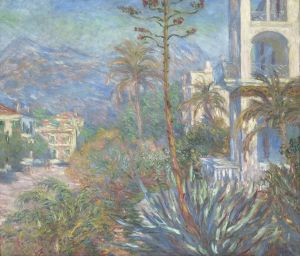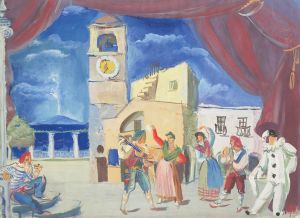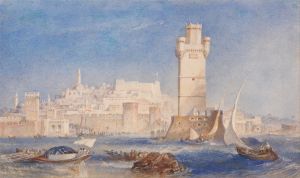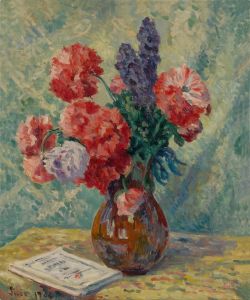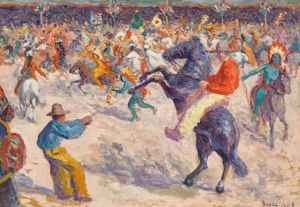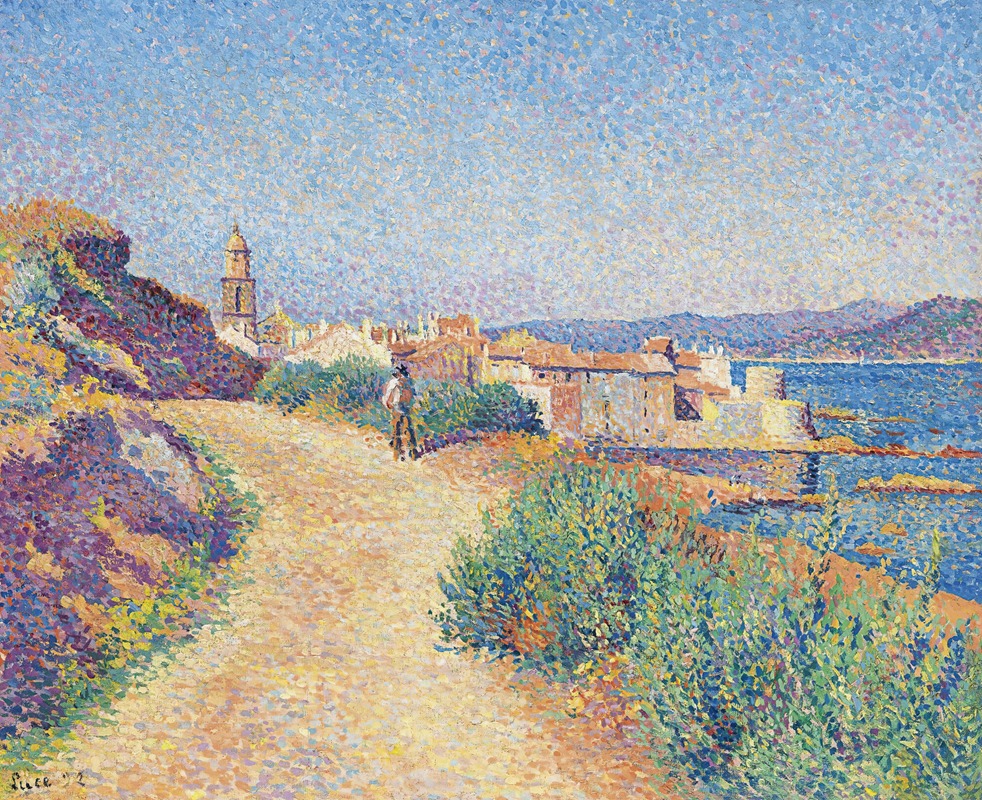
Saint-Tropez
A hand-painted replica of Maximilien Luce’s masterpiece Saint-Tropez, meticulously crafted by professional artists to capture the true essence of the original. Each piece is created with museum-quality canvas and rare mineral pigments, carefully painted by experienced artists with delicate brushstrokes and rich, layered colors to perfectly recreate the texture of the original artwork. Unlike machine-printed reproductions, this hand-painted version brings the painting to life, infused with the artist’s emotions and skill in every stroke. Whether for personal collection or home decoration, it instantly elevates the artistic atmosphere of any space.
Maximilien Luce was a prominent French Neo-Impressionist artist known for his contributions to the Pointillist movement. Born in Paris in 1858, Luce initially trained as an engraver before turning to painting. His works often depicted urban and rural scenes, capturing the vibrancy and dynamism of late 19th and early 20th-century France. One of his notable works is "Saint-Tropez," which exemplifies his mastery of color and light.
"Saint-Tropez" by Maximilien Luce is a painting that captures the essence of the small coastal town located on the French Riviera. Saint-Tropez, during the time Luce painted it, was a quaint fishing village, far removed from the glamorous reputation it holds today. The painting reflects Luce's interest in capturing the natural beauty and tranquility of the region, a common theme among artists of the Neo-Impressionist movement.
Luce's technique in "Saint-Tropez" is characterized by the use of small, distinct dots of color applied in patterns to form an image, a hallmark of the Pointillist style. This method was developed by Georges Seurat and Paul Signac, and Luce adopted it to explore the effects of light and color. In "Saint-Tropez," Luce employs this technique to depict the shimmering waters of the Mediterranean Sea, the bright sky, and the lush vegetation surrounding the town. The painting is a testament to Luce's skill in using color to convey atmosphere and emotion.
The composition of "Saint-Tropez" is carefully structured to draw the viewer's eye across the canvas. The use of vibrant blues and greens captures the essence of the sea and sky, while the warm tones of the buildings and landscape provide a striking contrast. Luce's attention to detail and his ability to capture the play of light on water and land are evident in this work. The painting not only showcases the beauty of Saint-Tropez but also reflects Luce's deep appreciation for the natural world.
Maximilien Luce was not just an artist but also an active member of the anarchist movement in France. His political beliefs often influenced his work, as he sought to depict the lives of ordinary people and the environments they inhabited. While "Saint-Tropez" does not overtly convey a political message, it aligns with Luce's broader artistic vision of portraying authentic and unidealized scenes.
Throughout his career, Luce remained committed to the principles of Neo-Impressionism, even as other art movements emerged. His dedication to the style is evident in "Saint-Tropez," where his meticulous application of color and light creates a harmonious and serene image. The painting is a fine example of how Luce and his contemporaries sought to capture the fleeting effects of light and atmosphere, a pursuit that defined much of their work.
Today, "Saint-Tropez" by Maximilien Luce is appreciated for its technical brilliance and its ability to transport viewers to the idyllic setting of the French Riviera. It stands as a significant piece within Luce's oeuvre and within the broader context of Neo-Impressionist art. The painting continues to be celebrated for its beauty and its contribution to the development of modern art.






